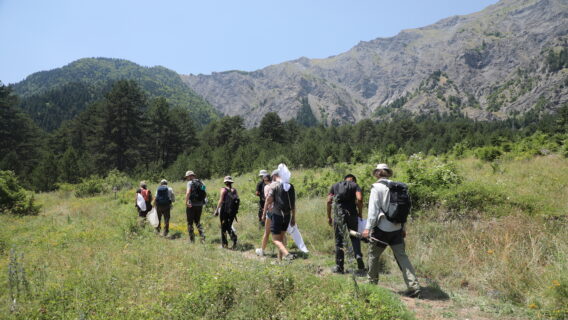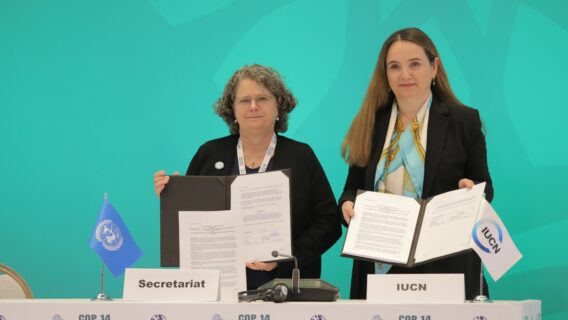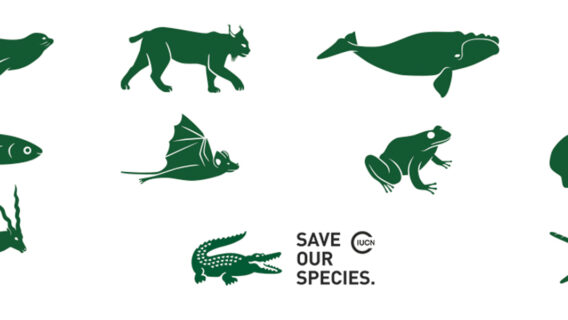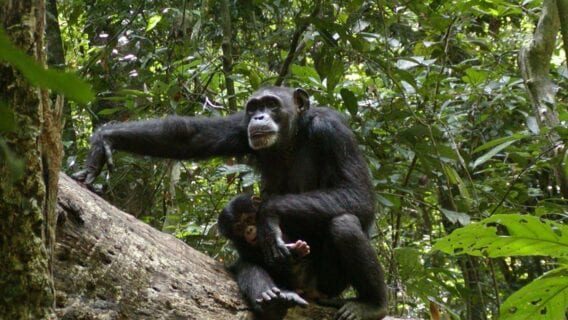Community-Based Ecotourism: A Fulcrum for Conservation and Livelihoods
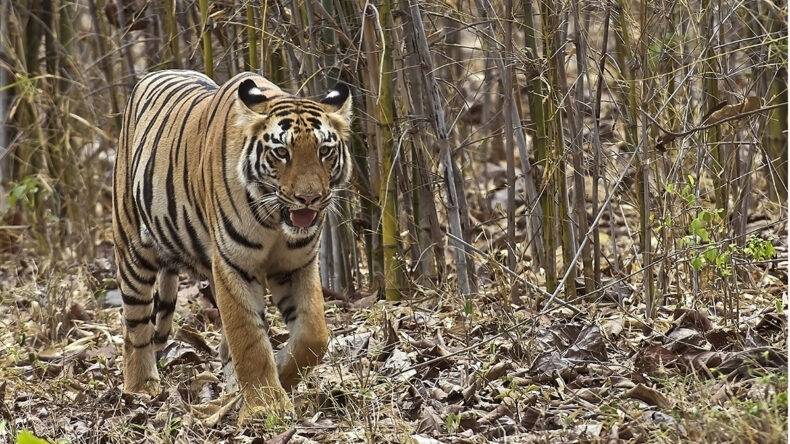
Sunakhari Buffer Zone Community Homestay is situated in Suwarnapur, Nepal, in the vicinity of the Parsa National Park. On the western flank, it touches the Indian border and the Valmiki Tiger Reserve in India. The village is mostly inhabited by the Tamang community and showcases distinct Tamang culture while offering nature-based experiences to tourists.
Due to its geographical location the area has faced serious poaching issues. Porous borders have in the past made it relatively easy for poachers to smuggle wildlife. But the changing context of effective wildlife conservation in the country, together with greater measures to secure protected and peripheral areas, have virtually eliminated poaching. Wildlife numbers have rapidly increased and with this a new issue of human-wildlife conflict has emerged. Wild animals have entered village farmlands to raid crops, often destroying property leading to significant income losses for the local community, in addition to occasional human casualties.
To address this, an alternative form of income-generation activity was needed for the people of Suwarnapur. Hence, WWF Nepal took the lead to establish a community-based ecotourism homestay initiative. This created a strong base for cultural and wildlife tourism through the development of a viable and sustainable community-based ecotourism model. Initiated in 2016 with five households, the initiative has now extended to 15, with a total number of 15 rooms (30 beds). Monitoring and recording shows a guest inflow of 4,000 per year, of which 3,991 were Nepali.
Accommodation is clean and comfortable, with basic amenities for $4.50 USD per day. Guests are warmly welcomed by local community members in traditional Tamang dress and authentic Nepali cuisine is prepared with produce from the local, organic vegetable garden. Tourist activities offer nature-based experiences including village and jungle walks and bird watching. Local cultural experiences also add an extra dimension to the community-based ecotourism package.
Homestays provide a vital monetary boost to local households, which typically earn a cash income of $615.00 USD per year. With homestay support, each household is able to make an additional $220.00 USD and this income is expected to increase as the initiative grows.
Together, WWF Nepal and the Government of Nepal, with support from the German Cooperation via IUCN Tiger Programme, has been working intensively at Sunakhari Buffer Zone Community Homestay. WWF Nepal provides technical knowledge, infrastructure support and capacity development to homestay committee members, which is required for effective operations and business sustainability. Construction of a cultural house, hospitality management training, exposure visits to other community homestays, publication of marketing brochures and creation of a code of conduct has helped the community to establish a strong base for ecotourism.
The initiative also aims to develop the community through benefit-sharing mechanisms and conservation efforts. The project has provided income-generation opportunities through establishment of a revolving fund. Additionally, cooperative management training has been provided for 425 beneficiaries in the community. The project also promoted sustainable use of natural resources and has provided safe drinking water, bio-gas installations and integrated grazing support to decrease forest dependency and provide organic farming support.
Efforts have been made to conserve the forest through habitat management, such as developing 15 hectares of grassland and maintaining a 5 kilometre fire-line in the buffered zone of the community forest. The community has been provided with training on relevant guidelines and operational planning, as well as sustainable forest management training.
The project also emphasizes the role of youth in conservation. So far 107 young adults (16-24 yrs) have participated in behaviour change communication classes as part of an informal education campaign. Other youth engagement conservation efforts include street dramas and mobilization of the Community Based Anti-Poaching Unit and Rapid Response Team.
There is huge potential for wildlife tourism. The Chitwan-Parsa-Valmiki Tiger Reserve together representing the Eastern Tiger Conservation Complex in Terai Arc Landscape, is home to various threatened species including the Royal Bengal tiger (Panthera tigris ssp. tigris) and Asian elephant (Elephas maximas), and dispersal habitat for indian rhinoceros (Rhinoceros unicornis).
The success of the Sunakhari Buffer Zone Community Homestay is an excellent example of how a fine balance can be established between conservation success and the socio-economic wellbeing of the local community.
Another WWF project funded under ITHCP is the IMBAU Consortium (WWF-Yapeka-Indecon) Rimbang Baling-Riau, in Central Sumatra, Indonesia. IMBAU is facilitating and supporting local communities to protect tiger habitats through sustainable livelihood approaches in selected areas, including ecotourism development for selected villages.





